The vast land in the West of Hoa Vang district (Da Nang) and the fishing and seafood exploitation activities in the vast sea in the East are identified as having great potential for agricultural development.
| Accompanying agriculture, developing local economy HDBank promotes cooperative economy and value chain |
Lots of potential
Hoa Vang is the only agricultural district of Da Nang City, with a natural land area of 73,488 hectares (accounting for 74.8% of Da Nang City's area). The whole district has 11 communes with 119 villages, including 3 plain communes, 4 midland communes, and 4 mountainous communes. The socio -economic development of Hoa Vang district in recent years has been quite good, with an average annual growth rate of 10%, and the agricultural sector accounting for 18.1% of the economic structure.
According to the People's Committee of Hoa Vang district, the agricultural production value increased by an average of 5.6% per year, the productivity and quality of agricultural products were quite good, gradually developing towards goods serving urban areas, applying high technology. The whole district has more than 50 production models that bring high income to people such as flower growing models in Hoa Phuoc, Hoa Tien, Hoa Ninh, Hoa Lien; mushroom growing in Hoa Phong, Hoa Son, Hoa Lien, Hoa Ninh; red-fleshed dragon fruit growing in Hoa Phu, Hoa Son; high-tech vegetable growing in Hoa Khuong, Hoa Phong, Hoa Nhon...
Or the models of rice seed production, large-scale fields in Hoa Tien, Hoa Khuong, Hoa Phong; aquaculture in Hoa Phong, Hoa Khuong, Hoa Phu, Hoa Lien; grass planting for cows in Hoa Phu, Hoa Bac... Thanks to that, livestock farming has gradually developed in a concentrated, large-scale direction. Along with that, the forest economy has become the main source of income for mountainous communes, with 1,400 hectares newly planted every year, ensuring a forest cover rate of 64%.
Hoa Vang district has the advantage of a large natural land fund, including 65,316 hectares of agricultural and forestry land, 7,271 hectares of non-agricultural land and 901.7 hectares of unused land. This is a great potential and advantage for the district to develop in the context of the general development plan of Da Nang city... In particular, it is to develop key economic sectors such as forest product exploitation and processing, combined tourism and agricultural services; and high-tech agricultural development.
At the same time, the locality has favorable conditions for developing various types of eco-tourism and resorts in the Ba Na - Nui Chua, Dong Nghe, and Ngam Doi areas; river tourism in Truong Dinh (Hoa Lien); and rural and hilly garden tourism. Many natural lakes and lagoons in An Ngai Tay (Hoa Son), and Hoc Khe lake can be converted into water tourism parks. In addition, the existing mineral resources in the area are also favorable for investment in developing a number of mining and construction materials manufacturing industries.
Many policies to promote development
Currently, Da Nang is implementing investment support for the development of large timber plantation in the area in the period of 2019-2030; developing seafood exploitation in the area in the period of 2019-2025; developing agriculture and rural areas in the area. The city also has a number of specific mechanisms and policies to support investment in building advanced new rural areas in Hoa Vang district in the period of 2022-2025.
Ms. Vu Thi Bich Hau, Deputy Director of the Department of Agriculture and Rural Development of Da Nang, said that the city currently has four major policies related to key sectors including fisheries, forestry, agriculture and new rural construction.
From 2019 to present, the People's Council of Da Nang City has issued Resolution 254 on developing large timber plantations in the area; Resolution 255 on supporting the development of seafood exploitation; Resolution 329 on supporting rural agricultural development and Resolution on supporting investment in building advanced new rural areas in Hoa Vang district.
In recent times, Da Nang has provided large resources to implement these Resolutions. Particularly for the Resolution on supporting the development of new rural areas, up to now, the city budget has allocated more than 341 billion VND to Hoa Vang district.
Ms. Hau said that, regarding Resolution 254 on developing large timber plantations in the area, the Department has supported households to plant raw material forests, with a budget of 12 million VND/ha; supported the conversion of small timber plantations to raw material plantations with a support level of 8 million VND/ha. From 2019 to now, 31 households have been supported with a total budget of 2.5 billion VND for an area of 423ha.
Resolution 255 supports the development of seafood exploitation with the participation of many people with a financial support level of 40% for purchasing insurance for fishing vessels, 100% support for purchasing monitoring equipment for fishing vessels and the first year's subscription fee; 50% support for equipment used and maintaining machines as well as equipment used in seafood exploitation. From 2019 to now, Da Nang has supported 1,149 fishing vessels, with a total amount of 25 billion VND.
According to Ms. Hau, Resolution 329 on supporting rural agricultural development and Resolution on supporting investment in building advanced new rural areas in Hoa Vang district are comprehensive support policies in the field of rural agriculture in the city.
These include supporting commercial loan interest rates for enterprises investing in rural agriculture; encouraging and supporting cooperatives in production and consumption of agricultural products; supporting high-tech agricultural production; forming specialized concentrated production areas; developing the OCOP program...
There are currently four major groups receiving support: rural infrastructure and environment; support for production development and construction of rural craft villages; support for collective economic development in agriculture; and specific support for communes recognized as advanced new rural areas and model new rural areas.
Source link


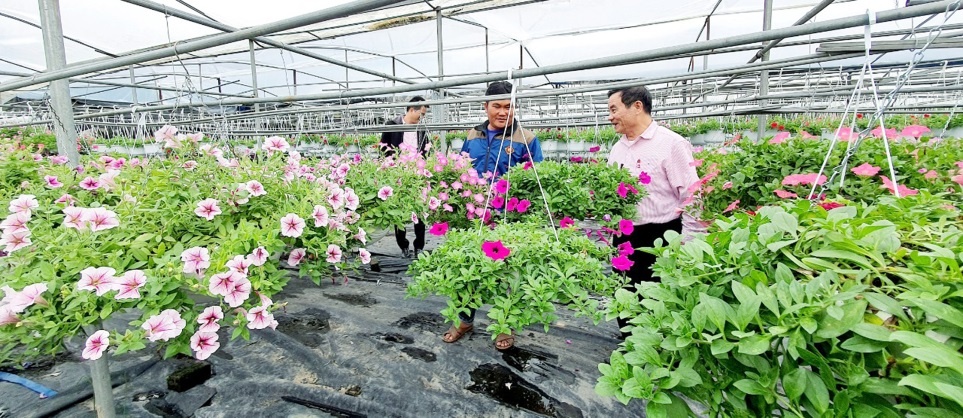

![[Photo] General Secretary To Lam attends the 8th Congress of the Central Public Security Party Committee](https://vphoto.vietnam.vn/thumb/1200x675/vietnam/resource/IMAGE/2025/10/4/79fadf490f674dc483794f2d955f6045)


![[Infographic] Notable numbers after 3 months of "reorganizing the country"](https://vphoto.vietnam.vn/thumb/1200x675/vietnam/resource/IMAGE/2025/10/4/ce8bb72c722348e09e942d04f0dd9729)

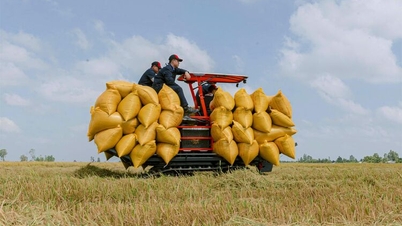

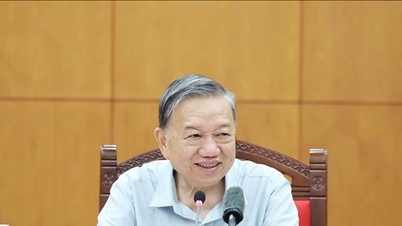



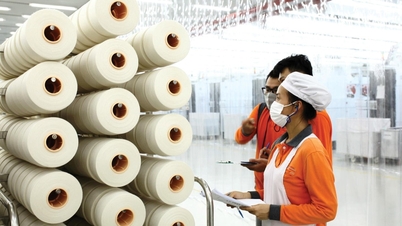

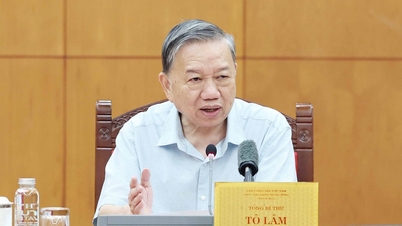

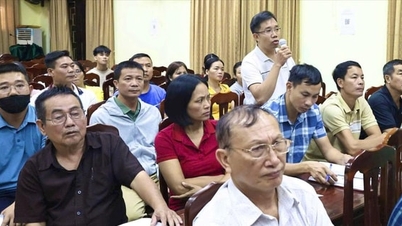

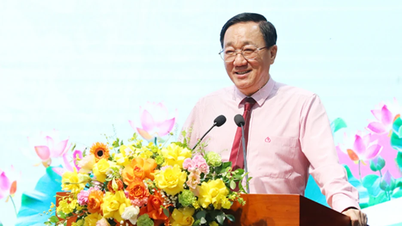



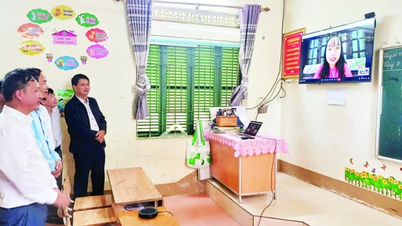
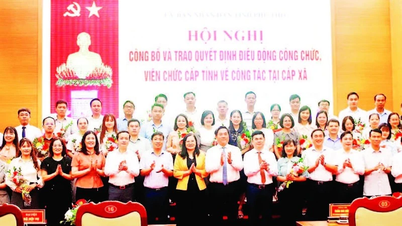
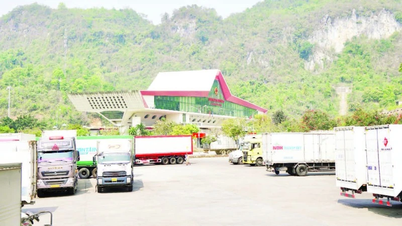
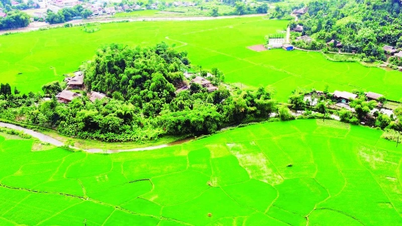





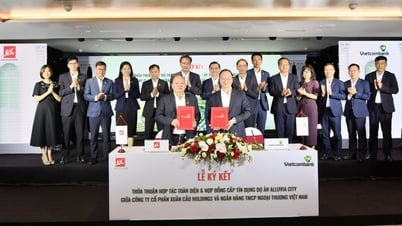




![[Photo] Students of Binh Minh Primary School enjoy the full moon festival, receiving the joys of childhood](https://vphoto.vietnam.vn/thumb/1200x675/vietnam/resource/IMAGE/2025/10/3/8cf8abef22fe4471be400a818912cb85)
![[Photo] Prime Minister Pham Minh Chinh chairs meeting to deploy overcoming consequences of storm No. 10](https://vphoto.vietnam.vn/thumb/1200x675/vietnam/resource/IMAGE/2025/10/3/544f420dcc844463898fcbef46247d16)













































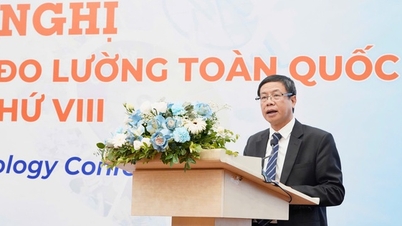
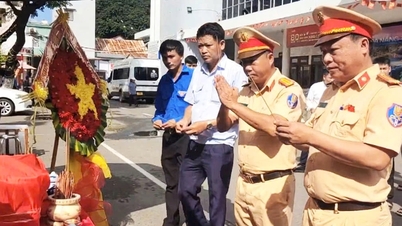

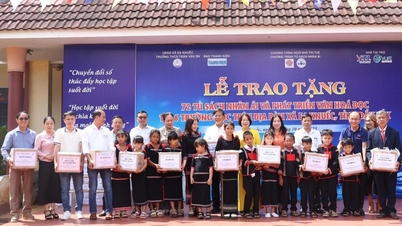

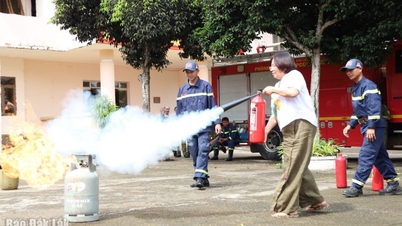
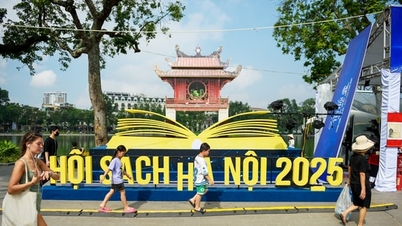


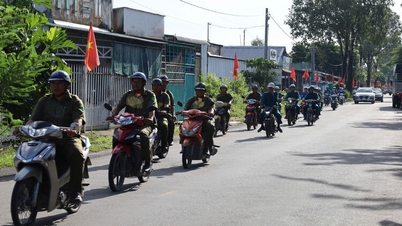







Comment (0)